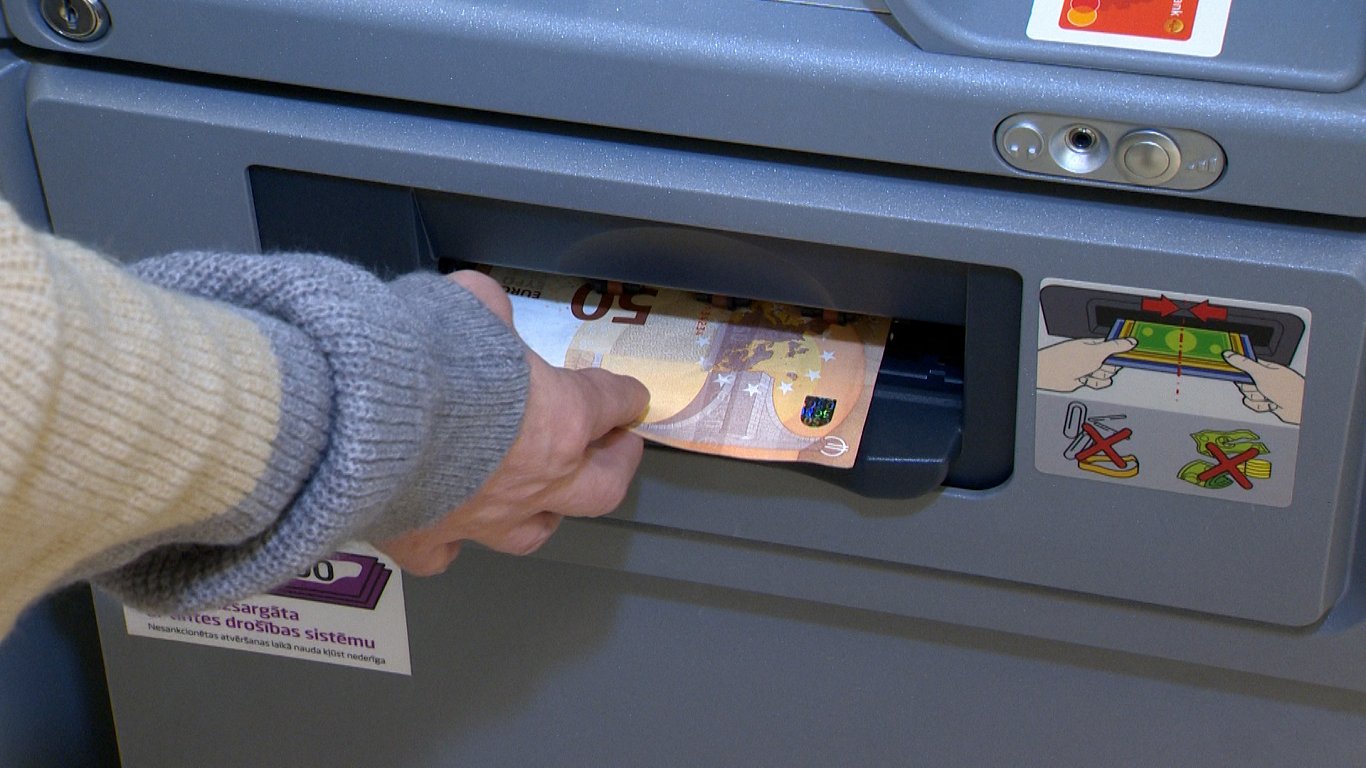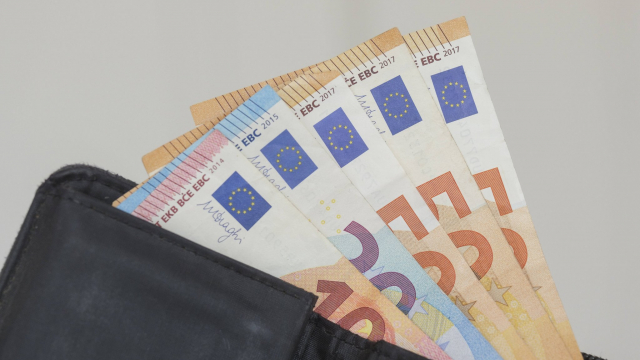Last year more than two billion euros were deposited into ATMs in Latvia, but nearly five billion euros were withdrawn. However, the total circulation of cash last year was estimated at approximately eight billion euros, Latvian Radio found out at the Ministry of Finance and the Latvian central bank (Bank of Latvia).
“Compared to 2022, last year we see a slight drop in deposits, but, interestingly, we see a slight increase in withdrawals,” Zita Zariņa, a Member of the Council of the Bank of Latvia, told Latvian Radio.
However, looking at the trend over a longer period, cash deposits to ATMs are shrinking.
“Until 2019, both deposits and withdrawals were on a growing trend, then with the onset of the pandemic, of course, understandable, the volume of cash transactions shrank and the contributions to ATMs also shrunk,” she continued.
Commercial banks have more detailed data on the average amount deposited into ATMs and the profile of clients.
“If we look at Swedbank's active customers, about half of all customers deposited money into ATMs last year. And the average amount of the contribution money was approximately EUR 190,” Swedbank economist Līva Zorgenfreija said.
The average amount of contributions was higher in Rīga, lower in Latgale. On average the highest amounts at one time – about EUR 260 – are paid by seniors over 76 years.
When asked whether it was possible to conclude anything about the risks of the shadow economy when analyzing the data on cash flow at ATMs, Zorgenfreija replied that there were relatively few monthly depositors – only 5% of all.
“However, if the deposits are regular, the average amount is relatively high – EUR 600. It's not little. This could, in theory, be a signal of activity in the shadow economy,” said the Swedbank economist, adding that it is not necessarily the case.
The shadow economy combating plan under the auspices of the Ministry of Finance, which received government support in January, provides that credit institutions will have to provide information to the State Revenue Service (VID) on cash flow in ATMs quarterly if they exceed a certain threshold. The threshold has not yet been determined.
Olga Bogdanova, deputy secretary of state of the Finance Ministry, said that several measures were envisaged regarding monitoring cash flow: to lay down in the law that the primary form of salary payment is non-cash, the introduction of an e-invoice, which should motivate companies to use non-cash.
“Cash is a tool used by shadow economy operators, and this amount is large enough in Latvia. So there's more than eight billion euros in circulation. At the moment, all cash is like a single mass,“ Bogdanova noted.
The Finance Ministry said that along with the new plan to curb the shadow economy, there would be an opportunity to unwrap illegal activities and see red flags. The Finance Ministry emphasized that for people whose income is legal, nothing will change.




























